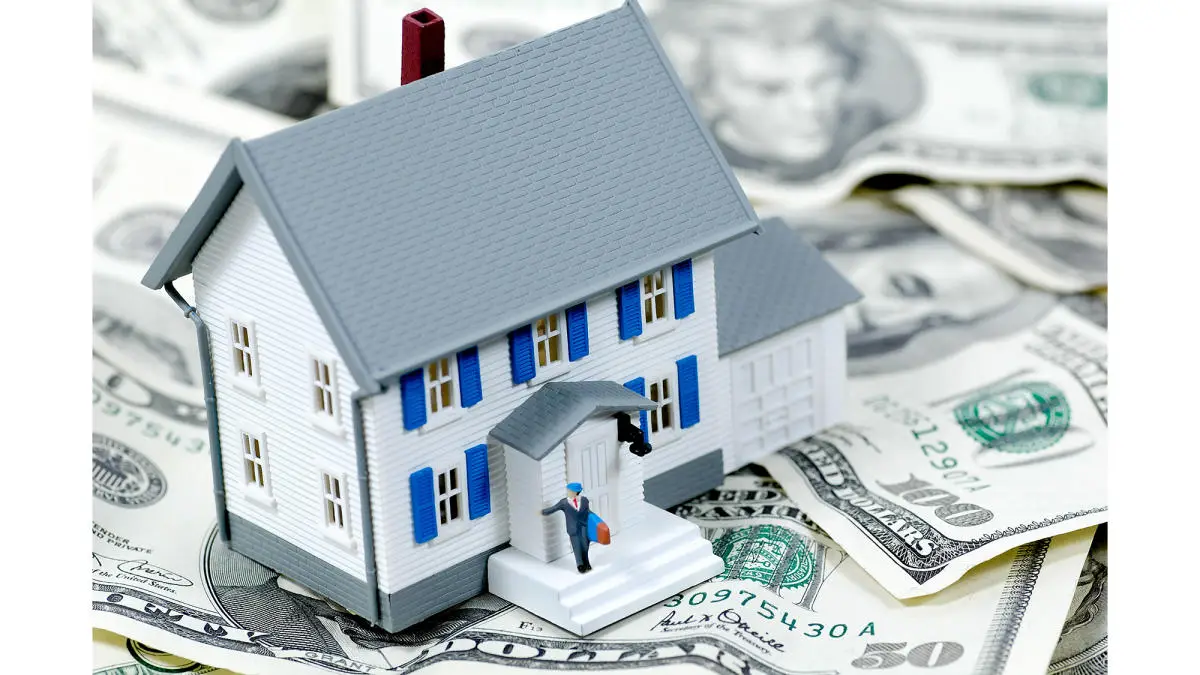The growth of international capital mobility has increased interest in foreign property. Among other directions, European real estate offers investors a unique combination of stability, profitability, and long-term growth. However, success in this segment requires a deep understanding of local markets, risk analysis, and choosing the right investment strategies.
Key Features: What Makes Foreign Housing Attractive?
Strong legal systems, high living standards, and developed infrastructure create an attractive environment for investments. Demand is supported by the growth of tourism, increased population mobility, and active development of new technologies in construction.

Ownership investments gain special value against the instability of other global markets. European real estate provides investors with geographic asset diversification and additional protection against local crises.
Best Countries for Real Estate Investments in Europe: Where to Look for Opportunities
The choice of country determines the future of investments. Among the regions with the most favorable conditions are:
- Portugal — “golden visa” program, high rental rates in Lisbon and Porto.
- Spain — active market recovery after the crisis, especially in Barcelona and Malaga.
- Germany — stable price growth in Berlin, Frankfurt, and Munich.
- France — high liquidity of properties in Paris and the French Riviera.
- Switzerland — capital protection, minimal market volatility.
Understanding the specifics of each country allows for choosing a strategy with an optimal balance of risk and return.
European Real Estate for Investors: Criteria for Smart Choices
Choosing a property requires consideration of many factors. Mistakes at the initial stage can cost tens of thousands of euros. To minimize risks, it is important to rely on the following criteria:
- price dynamics over the last 5 years;
- forecasted value growth in the region;
- level of tourist flow;
- availability of support programs;
- state of infrastructure and transport accessibility;
- rental income yield.
Proper evaluation of these parameters is the key to success in investing in foreign property.
Returns on Real Estate Investments in Europe: Realities and Expectations
Actual figures vary depending on the country, city, and type of property. On average, the yield ranges from 3% to 7% annually. High demand for short-term rentals in tourist centers makes European real estate particularly attractive for investors by increasing income through daily rentals.
Special attention should be paid to taxation: some countries offer preferential regimes for foreign investors, significantly affecting the final investment return.
Key Advantages of Investing
High level of legal property rights protection, stability of political regimes, and reliable financial systems make European real estate for investors one of the safest investment options in international practice.
Transparent registration procedures, developed mortgage financing systems, and effective judicial control minimize legal risks when purchasing properties.
The market provides high liquidity, especially in major cities and tourist centers, where demand for housing remains even during periods of economic instability.
An important advantage is the opportunity to generate additional income through short-term rentals.
Continuous growth in property prices, active integration of “green” standards, and the implementation of innovative construction technologies also positively impact the profitability of investments in European real estate, providing long-term asset capitalization potential.
Main Investment Risks
Despite market stability, European real estate for investors carries certain risks that are important to consider when making decisions.
Currency fluctuations can affect the final return when converting profits into the national currency. Changes in tax legislation or rules on short-term rentals can reduce investment profitability.
Increasing administrative barriers for foreign investors in certain countries reduce the availability of attractive properties. Additional expenses for maintenance, including taxes and building maintenance, also affect the net financial result.
Lower liquidity in small towns and regions with low demand increases the risk of difficulties in reselling assets.
Understanding these factors allows for building an investment strategy considering real threats and minimizing potential losses when choosing European real estate for investors.
New Trends: Green Trends and Technologies in Real Estate
The market is actively adapting to ecological standards. Green investments are becoming a mandatory element of new projects. The use of renewable energy, energy-saving technologies, and intelligent building management systems increases the attractiveness of properties for tenants.
For investors, focusing on ecological standards is not only a matter of reputation but also a way to increase the value of the property in the future.
Tourism as a Demand Driver: Features of Short-Term Rentals
High tourist traffic in countries like Spain, France, and Portugal supports demand for short-term rentals. Renting properties for short periods allows for significantly higher profitability than traditional long-term rentals.
However, it is important to consider local restrictions: in some cities, strict quotas apply to licenses for renting housing to tourists, directly affecting the attractiveness of European real estate for investors.
Liquidity: What to Consider When Choosing?
The liquidity of an asset depends on several factors: location, building condition, economic situation in the region, and demand level.
High liquidity in markets like Germany or Switzerland allows investors to quickly sell assets without significant price loss even in case of deteriorating market conditions.

Investing in properties in stable locations with good transport accessibility is always preferable to risky purchases in developing regions.
Conclusion
Entering the market requires preparation, strategic planning, and understanding local nuances. European real estate for investors not only allows for capital preservation but also for its growth through asset value appreciation and stable rentals. Choosing the right country, proper assessment of profitability, and conscious risk management are key to successful investments in one of the most attractive segments of the global market.
 en
en  de
de  ar
ar  es
es  nl
nl  hi
hi  fr
fr  it
it  pt
pt  el
el 










